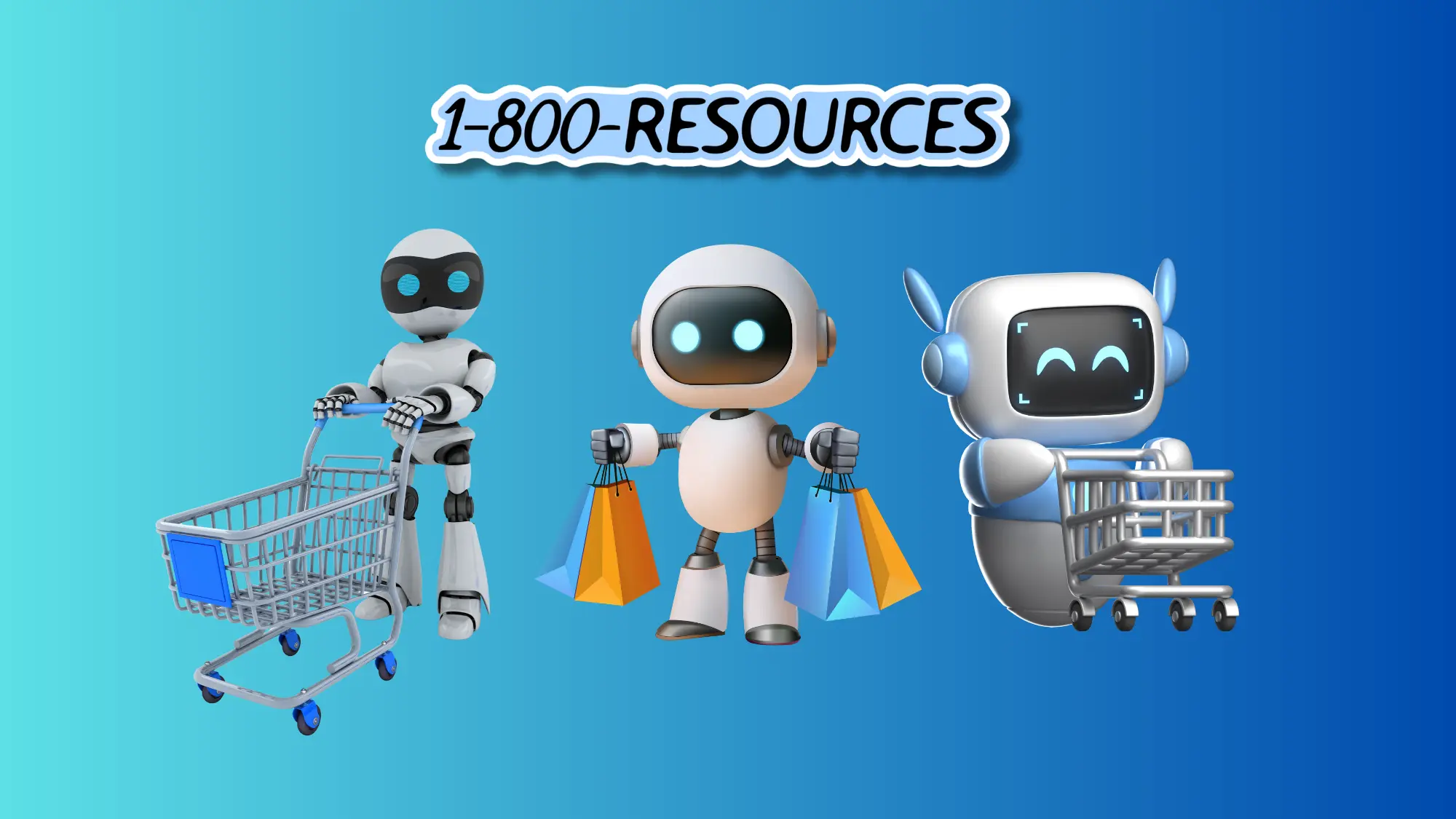
AI search is real and taking off with e-commerce and the virtual consumer experience following closely behind. In fact, traffic garnered from AI models to e-commerce niches has soared a considerable 1,200% as compared to the same time last year.
Users are not shying away from utilizing artificial intelligence in their shopping experience. But would they be willing to let AI take over the search, selection, and buying at every point in the funnel?
[cta-btn title="Stay Ahead By Becoming A Member" link="/membership-pricing"]

Within the last six months, a new platform for LLMs to integrate and interact with technological spaces has emerged: Model Context Protocol, or MCP, for short.
With MCPs, LLMs can now take over the entirety of the customer journey — from discovery to delivery — with a single command. A simple command like ‘Get me groceries for the week’ could result in Amazon Fresh delivering everything you need for seven days of meals.
The list, the selecting, the time spent organizing a budget could all be done and outsourced to an AI model like the Amazon Alexa Shopping Agent who could use your past order history and knowledge of your preferences to skip every thought and task in between. The Amazon Alexa Shopping Agent is one of many growing, full-service AI models bridging this unique gap.
The rise of large language models (LLMs) has transformed how we search, communicate, and create, but we’re now crossing into an era where these models don’t just assist with tasks they own them.
Imagine a (not-so-distant) future where errands, decisions, and entire digital workflows are handed off to AI agents with the same ease as sending a text or making a voice request to a smart device.
That future is arriving quickly, and at its core is the new emerging standard: Model Context Protocol (MCP). Acting as the connective tissue between intelligent agents and real-world systems, MCPs are enabling models to fully manage complex, multi-step journeys with a simple command.
Model Context Protocols (MCPs) for internet shopping are structured systems or standards that allow AI models to:
Think of MCPs as a set of rules and context-management methods that make an AI agent capable of a personalized and a highly streamlined e-commerce experience.
It's quite simple: streamline a fast, user-friendly website that ranks well on search, and chances are you’ll do just fine opening the gates for full-suite AI shopping bots. With correctly crafted SEO-friendly metadata, fast pages, schema, and a current robots.txt file, you'll have the guard rails in place to ensure your product will continue to be found by the right users...I mean robots...for the right purchase.
Shopify has already rolled out an update in CMS-owners robots.txt requiring human-input in the final purchase decision to combat the eventuality of artificial intelligence acting as a butler for the consumer shopping experience.
As long as you continue with best practices for your target, e-commerce consumer, you'll be positioned just fine for the shift in market trends.
Like all things technology, some will accept this new system with open arms, some will find a hybridized way to engage with it, and some will outright avoid it.
The dilemma consumers face has two parts:
If AI can surmount these obstacles, chances are many consumers would be happy to have a system eliminate extra steps.
AI is growing — and it’s growing fast. The models are exceptional, easily merged into workflows, and assist with everyday monotonous tasks. But, as everyone who works with AI knows, they have the capacity to hallucinate — a lot. In fact, a recent New York Times article highlighted that even with newer models, hallucinations are on the rise.
What are AI hallucinations? Well, according to ChatGPT-4o, "AI hallucinations are confident responses that sound plausible but are factually incorrect or entirely fabricated. They’re not just bugs — they’re a result of how these models predict language based on patterns, not truth.”
According to ChatGPT-4o, "When we say that AI models 'hallucinate,' we usually think about text-based errors — like making up quotes, fake statistics, or inventing nonexistent articles. But when these models are connected to tools, APIs, or autonomous environments, hallucinations can translate into misguided or unintended actions."
The other thing they don't teach you in high school: While LLMs are improving, hallucinations are a component of the architecture. Plain English? You can improve LLMs to reduce hallucinations, but LLMs will always have a probability to hallucinate a task or response.
And ChatGPT-4o had this to add about LLMs, "Large Language Models (LLMs) like GPT-4 or Claude are fundamentally probabilistic sequence predictors. They generate outputs based on the likelihood of the next token (word or symbol) given a context — not based on an external 'truth' database. Because of this, hallucinations are not just software bugs — they are a natural byproduct of how the architecture works."
Does this mean if I give my virtual wallet over to an AI system to do the entirety of shopping for me, a request of "Buy me a simple, soft t-shirt," could result in 10,000 Hanes plain white t-shirts getting dropped off at my front door? I hope not.
I think consumers will think the same thing. And if that happens, because it probably will, who is to blame?
There will be early adopters and eager consumers, hallucinations and easily ordered lists delivered the same day. There will be headaches, and money lost. But regardless of pitfalls, it's going to happen because it reduces user friction. No one likes creating, buying, and budgeting lists for groceries, home improvement, or new clothes. And, if you want your D2C brand to succeed you'll need the best e-commerce suite of tools to ensure your virtual store is ready to have AI buy your D2C coffee blend or 40,000 custom-created t-shirts.
[inline-cta title="Discover More With Our Resources" link="/resources"]


